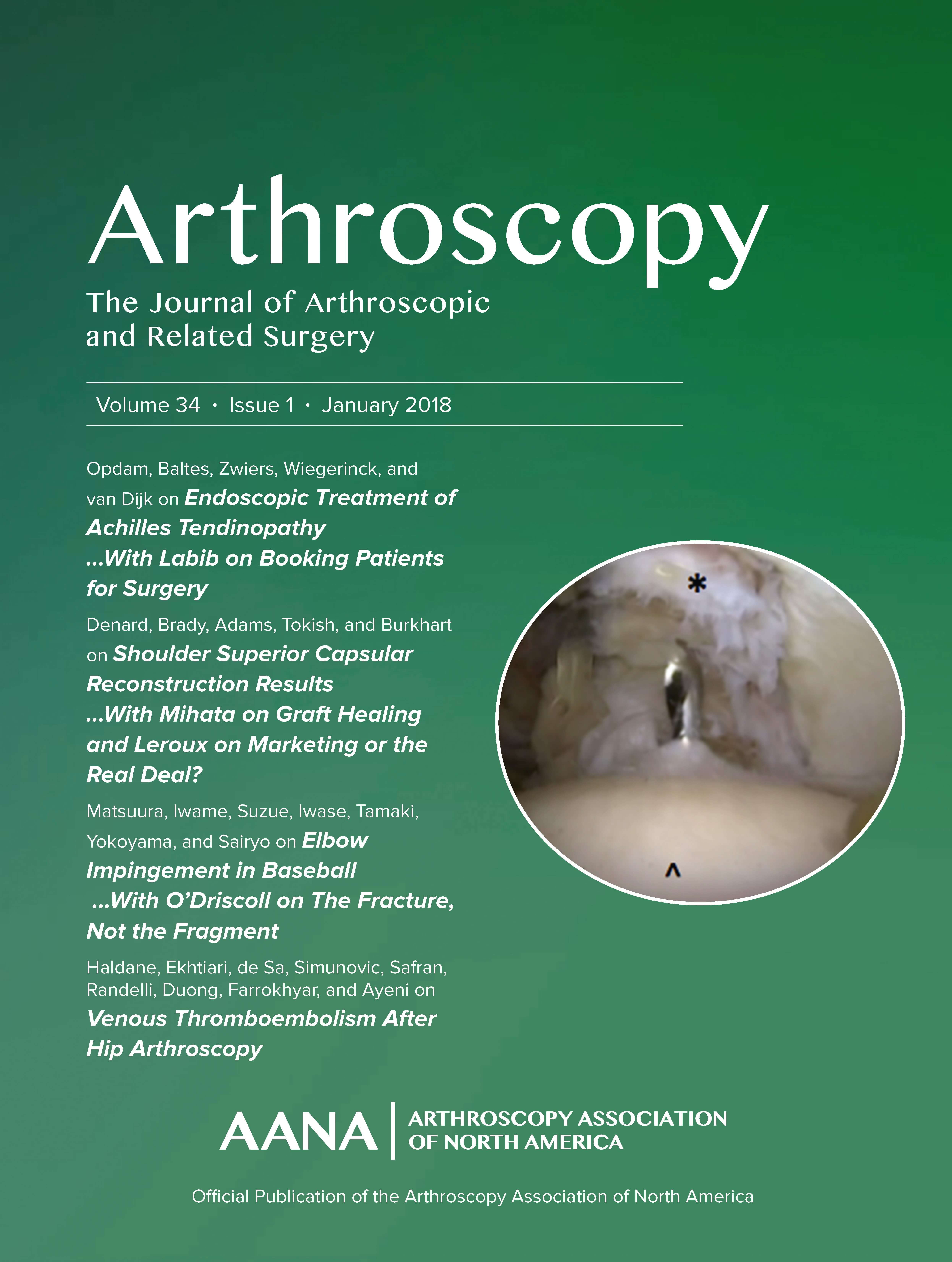
No effect of platelet concentrate on graft integration and maturation after ACLR

No effect of platelet concentrate on graft integration and maturation after ACLR
Magnetic resonance imaging evaluation of the integration and maturation of semitendinosus-gracilis graft in anterior cruciate ligament reconstruction using autologous platelet concentrate
Arthroscopy. 2010 Oct;26(10):1318-25. doi: 10.1016/j.arthro.2010.02.010. Epub 2010 Aug 30Did you know you're eligible to earn 0.5 CME credits for reading this report? Click Here
Synopsis
50 patients undergoing anterior cruciate ligament (ACL) reconstruction were randomized to determine the effect of autologous platelet concentrate (APC) on a semitendinosus-gracilis (STG) graft integration and maturation. Patients allocated to receive APC had the product applied to the tibial and femoral tunnels, as well as the intra-articular portion of the graft. Follow-up was conducted at 6 mont...
To view the full content, login to your account,
or start your 30-day FREE Trial today.
FREE TRIAL
LOGIN
Forgot Password?
Explore some of our unlocked ACE Reports below!

Learn about our AI Driven
High Impact Search Feature
Our AI driven High Impact metric calculates the impact an article will have by considering both the publishing journal and the content of the article itself. Built using the latest advances in natural language processing, OE High Impact predicts an article’s future number of citations better than impact factor alone.
Continue



 LOGIN
LOGIN

Join the Conversation
Please Login or Join to leave comments.